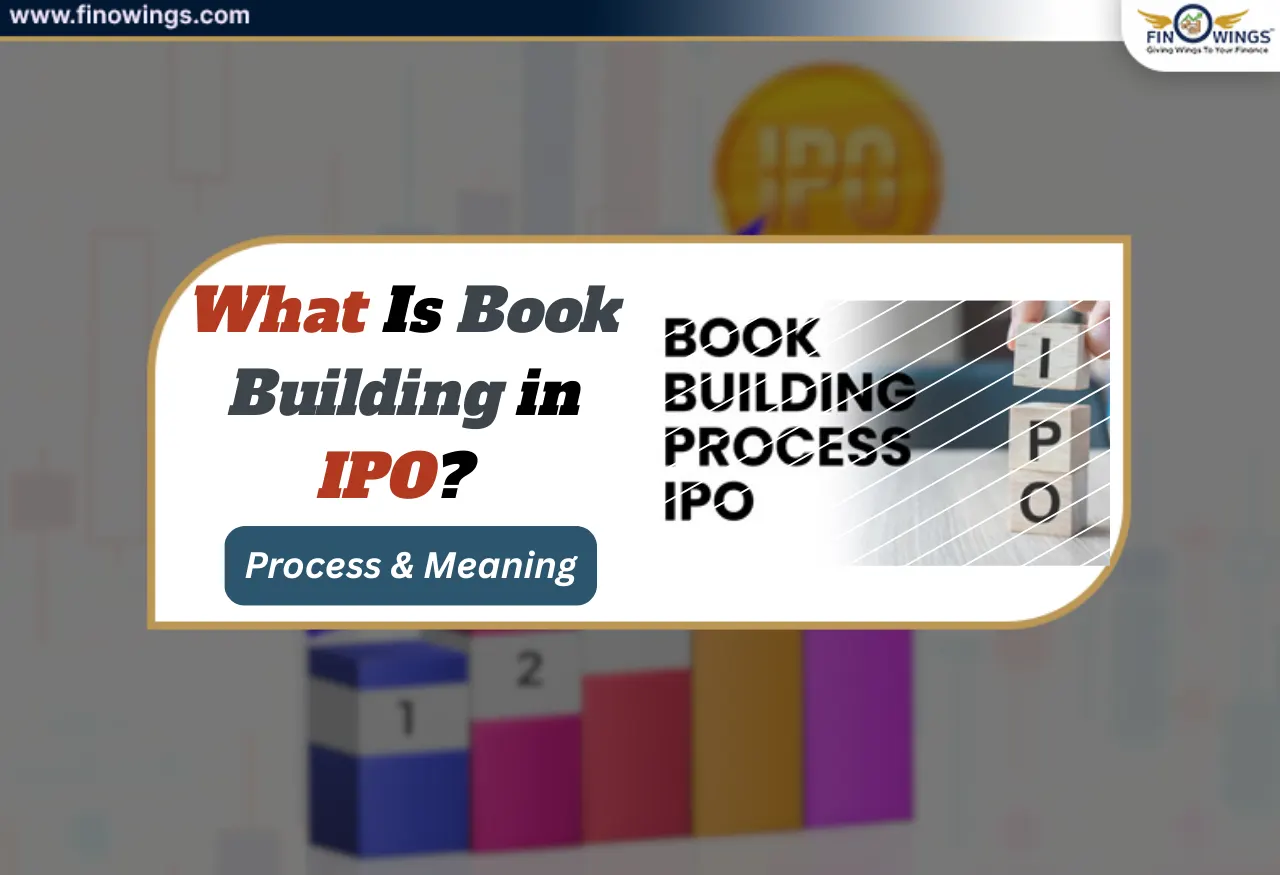Home >> Blog >> What is free cash flow? Formula & How to Calculate It
What is free cash flow? Formula & How to Calculate It

Table of Contents
Introduction
An essential measurement tool in management accounting is free cash flow. People familiar with the term 'free cash flow' use it in regard to investing. This management tool helps business owners, members, and managers measure the company's value, expand the business, and avoid failure.
In general, free cash flow is the cash left in the business. That portion of operating cash flow remains in the business after all the expenses have been paid.
-
Understanding Free Cash Flow
After all of the cash is spent on maintaining the company's capital assets, the remaining cash is known as free cash flow. Just like net income, free cash outflow is the profitability measure of a business which excludes all the non-cash expenses of the income statement, such as depreciation, amortization, etc. but includes the amount spent on capital assets of the company and the changes in working capital, if any.
In addition to the non-cash expenses, interest payments are also excluded from the calculation of free cash outflows. Variations of free cash flow, such as free cash flow to the equity and free cash flow to the firm, are used by analysts and bankers to evaluate the company's expected performance.
Unlike the company's earnings, free cash flow is also calculated on a per-share basis to evaluate the effect of dilution.
Free cash flow is the cash available to the company to pay dividends, interest to investors, and repayment to creditors. Most investors prefer to take free cash flow into account for profitability instead of earnings because all the non-cash expenses of the income statement are excluded from FCF.
Both the above terms sound similar, but they are different.
• Cash Flow is the cash represented in the company's cash flow statement. It is the company's cash inflow and outflow over a specific period.
• Free cash flow is the cash remaining in the company after all the cash outflows. It is also known as the company's current cash value. But it is not considered as the valuation of the business since it doesn't account for its growth potential.
The cash from the company's operations and fewer capital expenditures is the fundamental method for estimating free cash flow. This is the amount generated by the company after reinvestment in the current capital assets of the company.
Below are the steps to calculate free cash flow –
Step 1 – Cash from operations and net income
Cash from operations is calculated by adding non-cash expenses to the net income of the business, adjusted by the non-cash net working capital.
Therefore, the formula for cash from operations is –
CFO = Net Income + non-cash expenses – increase in non-cash net working capital
Step 2 – Non-Cash Expenses
Non-cash expenses simply mean the sum of all income statement items that do not involve cash.
Examples of non-cash expenses are depreciation, amortization, loss on an investment, stock-based compensation, impairment charges, etc.
Therefore, the formula for non-cash adjustment is –
Adjustments = depreciation + amortization + stock-based compensation + impairment charges + gains/losses on investments
Step 3 – Changes in Non-Cash Net Working Capital
Calculating the changes in non-cash net working capital is the most complex part of the entire derivation of free cash flow, especially if the company's balance sheet is complicated.
The common items that impact this formula in the case of a simple balance sheet are accounts payable, accounts receivable, and Inventory.
The formula for calculating the changes in the non-cash working capital of the company is –
Changes = (Current period AR – previous period AR) + (current period Inventory – previous period Inventory) – (current period AP – previous period AP)
Where,
AP – Account Payable
AR – Account Receivable
Step 4 – Capital Expenditure (CapEx)
The company's capital expenditure can be calculated without taking the help of an income statement. Instead, capital expenditure can be calculated using the below formula in line with the income statement and balance sheet items.
CapEx = current period PPE – previous period PPE + Depreciation & Amortization
Step 5 – Combining all the above components of FCF
All the above steps of calculation of free cash flow can be combined into a single formula as follows –
FCF = Net Income + Non-Cash Expenses – Increase in Working Capital – Capital Expenditures
It must be remembered that, in reality, the first four processes are used in various calculations to determine free cash flow.
Free cash flow is the indicator of the financial position of the company and its ability to invest in new business opportunities. It is said to provide important insights into the company's value since it accounts for changes in the working capital. Investors use this measure to evaluate the amount of cash available for distribution in the form of dividends.
4.1 Benefits of free cash flow for business owners –
• Free cash flow is the measure that shows the efficiency of the business in producing cash from regular business activities.
• It is useful to find out how the business's cash flow is affected by capital expenditures.
• It is essential to understand the cash flow shortages the business may face and take steps to improve the cash flow in advance.
• It shows your 'clear income' that is left after all your obligations.
• It represents that portion of the money available for dividend payment, improving your product, developing your business, and so on.
4.2 Benefits of Free Cash Flow for Investors
• Free cash flow helps investors and business analysts to know how much cash is available in the company at its disposal.
• Business analysts use the free cash flow measure to estimate whether your company will be able to repay the debt, buyback shares, or pay the dividends.
However, it is essential to note that there may be several reasons for the company's positive cash flow, which are not the circumstances related to a long-term health situation. Examples of such circumstances are –
• Cutting back or delaying the capital expenditures
• Decreasing the market expenditures
• Selling the major assets of the company
• Foregoing a dividend payment
• Receipt of a huge amount of advance from the customer
• Delaying the accounts payable payment
• Entering into a sale and lease agreement
• Cutting back the key maintenance expenses
In the above examples, the company's management decides to improve its short-term free cash flows by reducing its long-term viability.
• Doesn't solve every investor's problem – Free cash flow is only useful in determining the accuracy of the forecasts to stimulate business growth. In addition, there are many more incidents that can happen in a company in the entire year. Therefore, due to the non-application of the risk percentage, free cash flow is not the only solution for all the problems.
• Based on projections by the investor – Free cash flow is a great source to extract information about a company but requires assumptions to be made by the investors on what will happen in the future. The accuracy of such assumptions and projections cannot always give perfect results. Even the slightest difference in the assumptions can change the company's outlook entirely.
• Useful only when visibility – The free cash flow model can only provide the best estimate when the company operates with 100% transparency. It may cast too much uncertainty when questions such as cost trends, sales practices, or other facts may affect the free cash flow.
• No Benefit to Long-Term investing – Free cash flow is only useful for individuals seeking short-term investing. It is not useful for long-term investment because many variables can change in the long run.
5.1 Impact of Growth on Free Cash Flow
Free cash flow can also be affected by the company's growth rate. For example, suppose a company is growing rapidly. In that case, it requires a huge investment in the Inventory and accounts receivable, which increases the company's working capital and decreases the free cash flow. On the other hand, if the business's growth rate is low, it converts its working capital into cash by liquidating its Inventory and receiving cash from the accounts receivables. Therefore, it increases the amount of free cash flow.
Conclusion
Free cash flow is a measurement tool that eliminates the guesswork of other measured variables. It is a basic component of the discounted cash flow analysis. It determines how much money is left in the company to be shown as the real number for reporting the earnings. It is also useful in estimating whether the company's stock price is currently undervalued or overvalued by the market prices.
It can be calculated through various methods based on the information available. While it's a calculation, several adjustments are also taken into account to remove uncertainty to a major extent. You can consult Agrawal Corporate for more informational blogs on accounting, business tips, crypto, etc.
Author
Frequently Asked Questions
The cash remaining in the business after spending on capital assets of the company is known as free cash flow
- Shows the clear income left in the business
- Shows the efficiency of business in producing cash
- Shows the money available for dividend income, improving the product, etc
- Determines whether the company will be able to repay its debt or not.
Doesn't solve every investor's problem
• Based on projections by the investor
• No Benefit to Long-Term investing
• Useful only when visibility

















